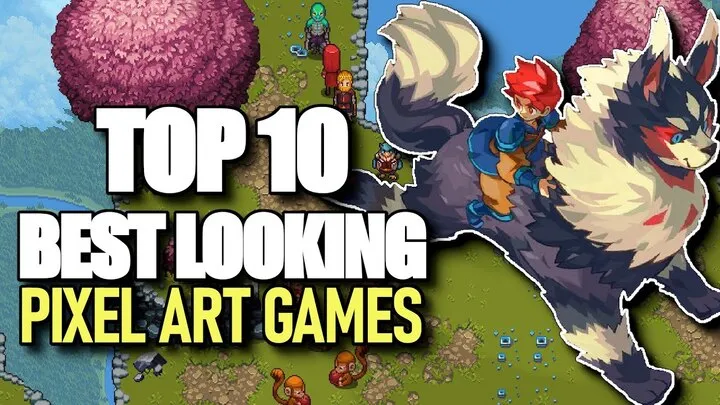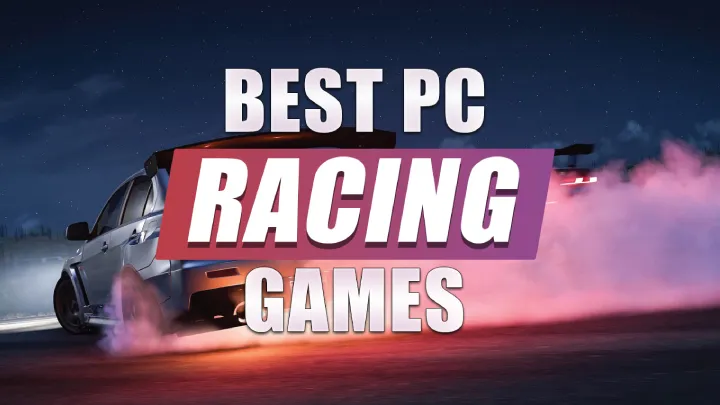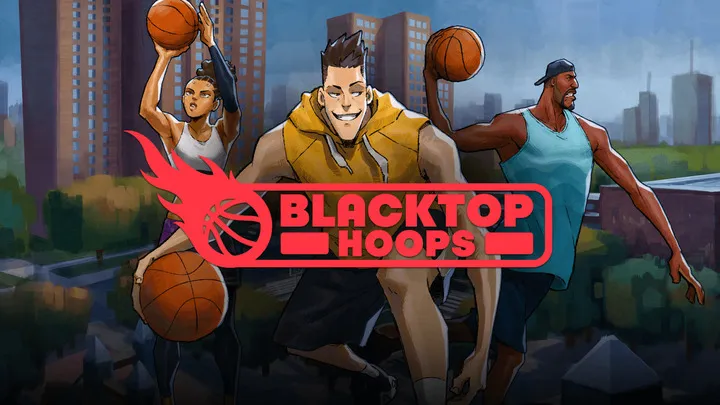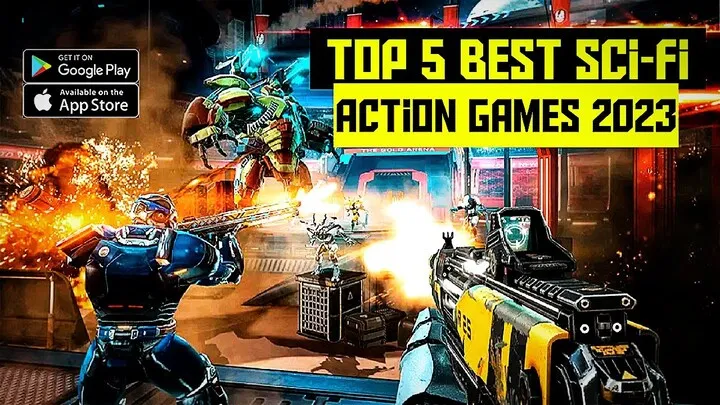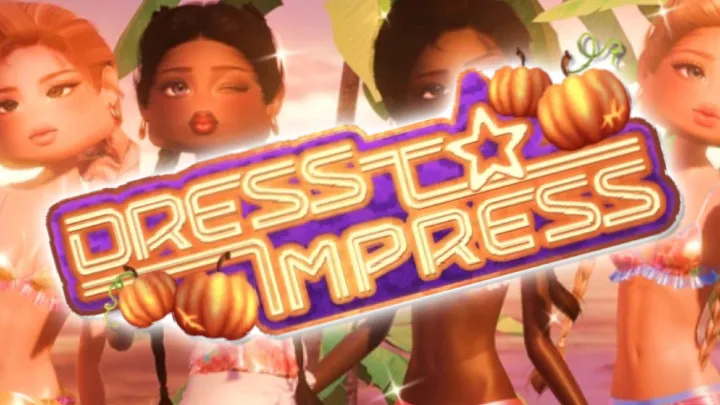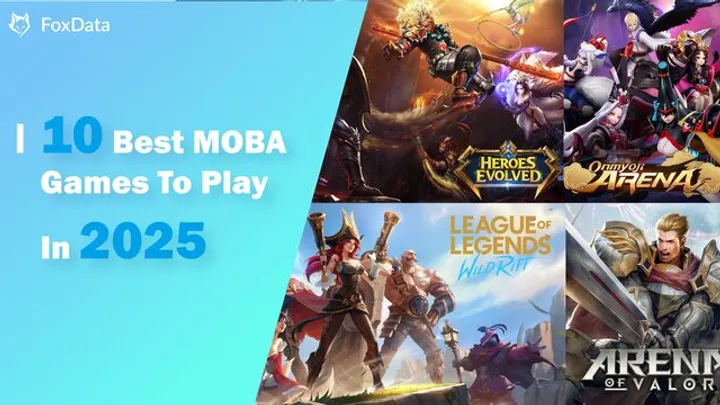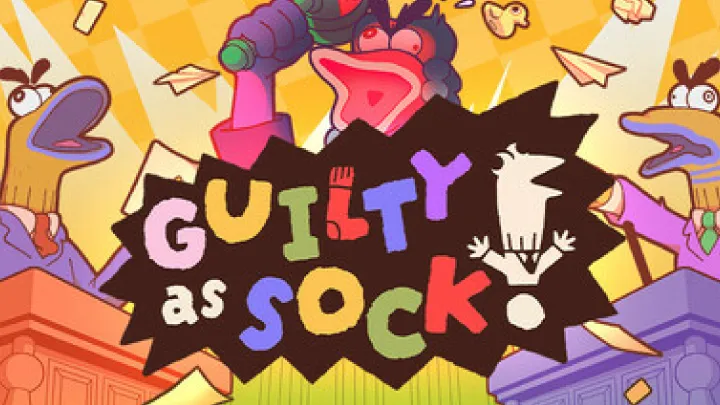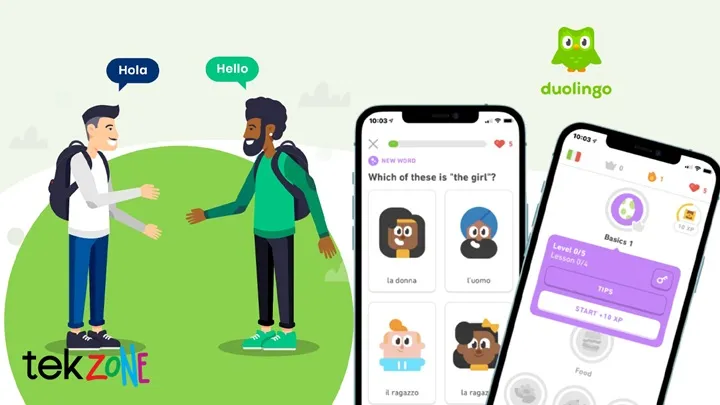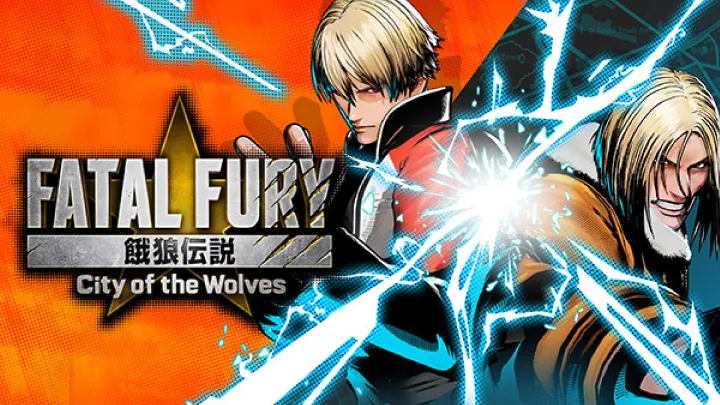The Multiplayer Online Battle Arena (MOBA) genre has transformed competitive gaming, bringing players together in arenas where teamwork, precision, and quick thinking are key. From early PC classics to mobile sensations, MOBA titles have become global phenomena, influencing esports, streaming, and gaming culture on every continent. This article explores the top MOBA games that not only defined the genre but also captivated millions of players worldwide.
1. League of Legends – The Undisputed Titan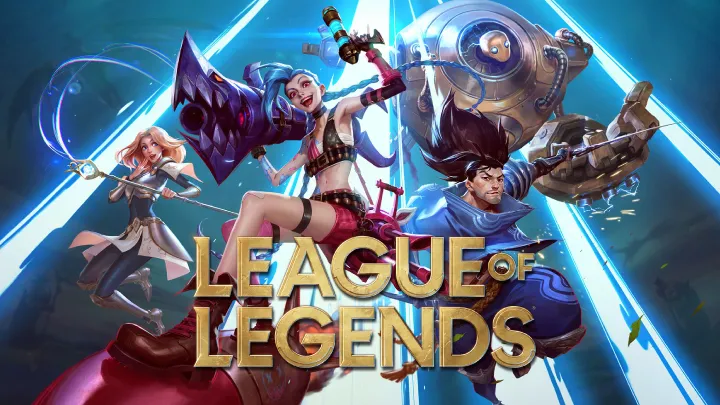
Few games have left a mark as deep as League of Legends (LoL). Developed by Riot Games and launched in 2009, LoL quickly rose from a Warcraft III mod-inspired idea to the world’s most-played online title.
LoL’s success lies in its blend of accessibility and depth. The game features over 160 unique champions, each with distinct abilities, backstories, and playstyles. The ever-evolving meta, coupled with Riot’s consistent content updates and balance patches, keeps both casual and professional players engaged.
Esports helped LoL dominate globally. The League of Legends World Championship is one of the most-watched esports events, drawing millions of concurrent viewers. With thriving regional leagues like the LCK (Korea) and LPL (China), LoL has built an ecosystem that bridges gaming, sports, and entertainment.
2. Dota 2 – The Masterclass in Strategy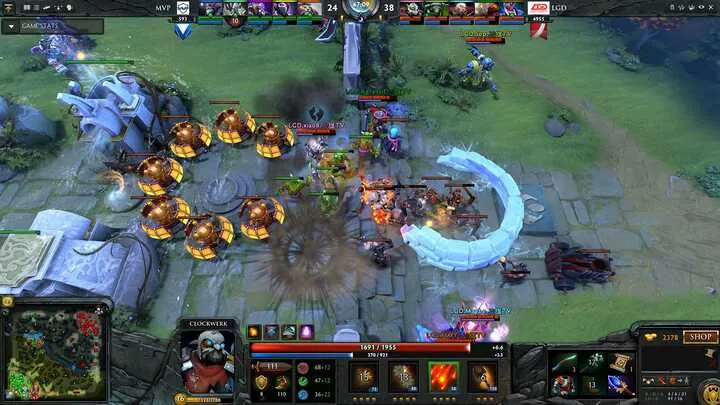
Valve’s Dota 2 remains the purest and most complex MOBA ever created. Born from the Defense of the Ancients mod for Warcraft III, it evolved into a standalone game in 2013, pushing the boundaries of depth and skill expression.
Each of Dota 2’s 100+ heroes is free to play, emphasizing strategy over spending. Its steep learning curve and infinite combinations of items, abilities, and hero synergies make it a paradise for hardcore tacticians. The game’s unpredictability ensures no two matches ever feel the same.
Dota 2’s The International tournament changed esports forever. With community-funded prize pools often exceeding tens of millions of dollars, it established players as legitimate global stars. Dota 2 isn’t just a game—it’s a testament to mastery and teamwork at the highest level.
3. Mobile Legends: Bang Bang – The Mobile Phenomenon
When Moonton released Mobile Legends: Bang Bang (MLBB) in 2016, few predicted its massive success. The title brought the MOBA experience to smartphones with matches lasting under 15 minutes and intuitive touch controls—perfect for fast-paced, on-the-go battles.
MLBB’s design is inspired by PC classics like LoL and Dota 2, but it focuses on speed, accessibility, and mobile optimization. The game’s simple learning curve allows new players to jump in, while ranked modes and regular hero updates keep competitive veterans satisfied.
The Mobile Legends Professional League (MPL) now spans multiple countries in Southeast Asia, driving esports growth across the region. MLBB’s combination of global tournaments, local heroes, and mobile convenience made it the face of mobile MOBAs.
4. Arena of Valor – The Eastern Powerhouse
Developed by TiMi Studio Group and published by Tencent, Arena of Valor (AoV) became a massive success in Asia before expanding worldwide. Based on Honor of Kings—the most popular MOBA in China—AoV delivers console-quality visuals and deep gameplay to the mobile audience.
AoV’s roster of heroes includes collaborations with DC Comics, featuring Superman, Batman, and Wonder Woman as playable characters. This blend of iconic heroes with traditional MOBA mechanics adds a unique flavor that sets it apart from competitors.
With its thriving esports ecosystem and consistent updates, Arena of Valor has become a cultural symbol in Asia’s mobile gaming scene. It represents how MOBA gameplay can adapt and flourish on different platforms.
5. Smite – Gods Clash in Third Person
Unlike most MOBAs, Smite offers a unique twist: third-person perspective gameplay. Developed by Hi-Rez Studios, it allows players to control mythological gods, goddesses, and legends from a behind-the-back view, offering a more action-oriented experience.
This design choice transforms traditional MOBA combat into a thrilling mix of skill shots, dodges, and real-time aiming. Whether you’re playing as Zeus, Loki, or Kali, Smite’s roster provides both educational and entertaining insight into world mythology.
Smite also made waves in esports, hosting major tournaments like the Smite World Championship. Its console availability and engaging mechanics broadened the genre’s reach, proving that MOBAs could evolve beyond their isometric roots.
6. Heroes of the Storm – Blizzard’s Crossover Universe
Blizzard’s Heroes of the Storm (HotS) was an ambitious attempt to unite characters from across its franchises—Warcraft, StarCraft, Diablo, and Overwatch—into a single strategic battleground. Launched in 2015, it emphasized teamplay and accessibility over rigid mechanics.
HotS streamlined many traditional MOBA elements: shared team XP, shorter matches, and diverse battleground objectives. This made it appealing to players who found other MOBAs too punishing or complex. While it didn’t dominate the competitive scene, it remains beloved for its creativity and cooperative spirit.
Blizzard’s decision to slow updates dampened its momentum, but Heroes of the Storm still stands as one of the most polished and enjoyable MOBA experiences ever made, especially for fans of Blizzard’s iconic universe.
7. Vainglory – The Pioneer of Mobile Esports
Before MLBB and AoV, Vainglory paved the way for mobile MOBAs. Developed by Super Evil Megacorp, it was released in 2014 and quickly gained attention for its high-quality graphics, deep mechanics, and touchscreen precision.
Vainglory began as a 3v3 experience before expanding to 5v5, offering gameplay on par with PC MOBAs. Its dedication to esports and balance attracted a loyal player base, even if it couldn’t maintain the same massive audience as its successors.
While its popularity declined after 2020, Vainglory remains a landmark title that proved mobile games could deliver competitive, high-skill gameplay comparable to desktop experiences.
8. Pokemon Unite – A New Take on the Formula
Pokemon Unite introduced the MOBA genre to a new generation. Developed by TiMi Studios in collaboration with The Pokémon Company, it reimagines MOBA gameplay with the charm and accessibility of Pokémon.
Instead of destroying towers, players score points by dunking “Aeos energy” into goals. Matches are short and fast-paced, with familiar Pokémon like Pikachu, Charizard, and Gengar serving as heroes. The game is beginner-friendly but offers strategic depth for serious competitors.
With regular updates, events, and cross-platform play between Nintendo Switch and mobile, Pokemon Unite successfully blends nostalgic appeal with modern MOBA design.
9. Honor of Kings – The Chinese Powerhouse
Known as Wangzhe Rongyao in China, Honor of Kings is one of the most played games in the world, boasting hundreds of millions of active users. Developed by Tencent’s TiMi Studio, it set the standard for mobile MOBAs.
Honor of Kings combines fast gameplay, culturally inspired heroes, and stunning visuals. Its localized approach—integrating Chinese mythology and storytelling—helped it resonate deeply with domestic players while influencing global design trends.
The game’s esports ecosystem is colossal, featuring professional leagues, university tournaments, and influencer-driven events. It’s not just a game—it’s a cultural movement.
10. Paragon: The Legacy Lives On
Epic Games’ Paragon was a bold attempt to reinvent the MOBA genre with Unreal Engine-powered visuals and third-person action gameplay. Despite its shutdown in 2018, Paragon’s influence lives on through fan-made revivals like Overprime and Predecessor.
The game combined traditional MOBA structure with immersive environments and shooter-like mechanics, offering a unique hybrid experience. Its downfall was due to stiff competition and timing, not lack of innovation.
Today, Paragon’s spirit survives through its open-source assets and passionate community. It remains a reminder that even ambitious projects can shape the genre long after their closure.
Conclusion: The Evolving Legacy of MOBAs
From PC giants like League of Legends and Dota 2 to mobile titans like Mobile Legends and Arena of Valor, MOBAs have become a cornerstone of modern gaming. Their blend of teamwork, strategy, and skill ensures that no match is ever the same. The genre continues to evolve—embracing new perspectives, platforms, and audiences—while staying true to its roots in competitive spirit and collaboration.
As cross-platform gaming grows and developers experiment with hybrid systems, the future of MOBAs looks brighter than ever. Whether you’re commanding gods, summoning dragons, or battling alongside Pikachu, these games will continue to test teamwork, creativity, and the thrill of the fight.








